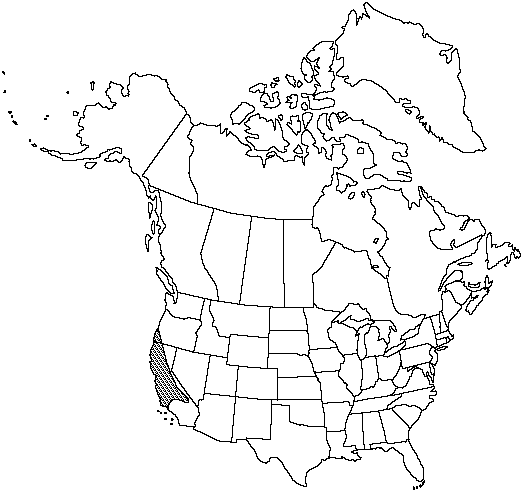Difference between revisions of "Polypodium calirhiza"
Madroño 38: 235. 1991.
FNA>Volume Importer |
FNA>Volume Importer |
||
| Line 7: | Line 7: | ||
|year=1991 | |year=1991 | ||
}} | }} | ||
| − | |basionyms={{Treatment/ID/ | + | |basionyms={{Treatment/ID/Basionym |
|name=Polypodium intermedium | |name=Polypodium intermedium | ||
|authority=Hooker & Arnott | |authority=Hooker & Arnott | ||
| + | |publication_title= | ||
| + | |publication_place=1840, | ||
}} | }} | ||
|synonyms={{Treatment/ID/Synonym | |synonyms={{Treatment/ID/Synonym | ||
| Line 53: | Line 55: | ||
|publication year=1991 | |publication year=1991 | ||
|special status= | |special status= | ||
| − | |source xml=https://jpend@bitbucket.org/aafc-mbb/fna-data-curation.git/src/ | + | |source xml=https://jpend@bitbucket.org/aafc-mbb/fna-data-curation.git/src/f6b125a955440c0872999024f038d74684f65921/coarse_grained_fna_xml/V2/V2_235.xml |
|genus=Polypodium | |genus=Polypodium | ||
|species=Polypodium calirhiza | |species=Polypodium calirhiza | ||
Revision as of 18:55, 24 September 2019
Stems rarely whitish to glaucous, moderately stout to slender, to 8 mm diam., acrid- or slightly sweet-tasting; scales concolored brown or slightly darker near point of attachment, lanceolate-ovate, symmetric, margins entire to erose. Leaves to 70 cm. Petiole usually slender, to 3 mm diam. Blade lanceolate-ovate to oblong, pinnatifid, widest below middle or occasionally at base, to 16 cm wide, leathery to herbaceous; rachis sparsely scaly to glabrescent abaxially, puberulent adaxially; scales lanceolate-ovate, usually more than 3 cells wide. Segments linear-lanceolate to oblong, usually less than 15 mm wide; margins conspicuously serrate; apex obtuse to acute; midrib puberulent adaxially. Venation weakly to moderately anastomosing, some to many segments lacking areoles. Sori midway between margin and midrib or slightly closer to midrib, usually less than 4 mm diam., oval when immature. Sporangiasters absent. Spores more than 58 µm, verrucose, surface projections less than 3 µm. 2n = 148.
Phenology: Sporulating winter–summer.
Habitat: Cliffs and rocky slopes, sometimes epiphytic, on a variety of substrates but usually on granite or other igneous rocks
Elevation: 0–1500 m
Distribution

Calif., Oreg., Mexico.
Discussion
Although originally considered a cytotype of Polypodium californicum, P. calirhiza is an allotetraploid involving P. californicum and P. glycyrrhiza (S. A. Whitmore and A. R. Smith 1991) and therefore should be treated as a distinct species. Some individuals of P. calirhiza can be difficult to distinguish from the two parental species (see comments under P. californicum and P. glycyrrhiza); most collections can be identified based on a combination of blade shape, venation pattern, spore size, and geographic distribution. Polypodium calirhiza hybridizes with P. glycyrrhiza to produce sterile triploid plants with misshapen spores.
Selected References
None.